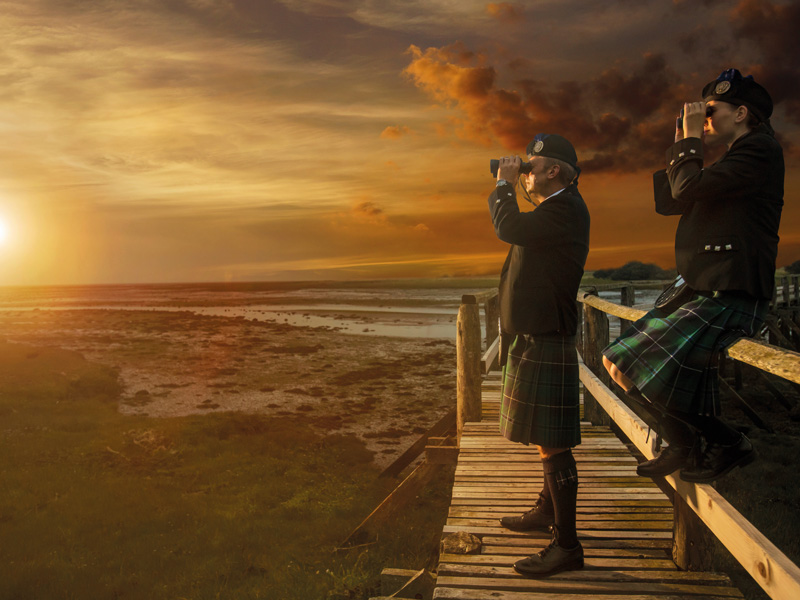Why is good photography so important?
Isla Mercer,
Project Manager at Shaw

In a digital world, having strong visual imagery is more important than ever before. What a brand says through words still resonates with consumers, but often you only have a moment to capture a person’s attention so being visually striking is vital. Photography conveys emotion, creates a connection and instantly communicates your brand values. Clients often come to us with beautiful examples of websites or brochures they love and would like to use as inspiration for their own brand assets, without appreciating that their key appeal is the outstanding photography.
Photography can sometimes be seen to be an expensive activity but dedicating some of your marketing budget and investing in good photography will pay dividends. Photographers usually charge a day rate, so make sure to get your money’s worth by planning ahead and getting as many shots as you possibly can so you have a bank of photography to use for years to come. The photography can then be used in a huge number of ways – your website, brochures, leaflets, social media, trade stands, in-store décor, email campaigns, digital advertising, print advertising… essentially anything visual that you do!
Getting the brief right is the first step to having perfect photography for the brand. The brief must clearly communicate your brand values, what you’re looking for and what the purpose of the photos is so that the photographer has a good understanding of your goals. Using moodboards and examples of imagery you like is a great way to immerse the photographer in your vision. Also if possible, a site visit beforehand will allow the photographer to bring the correct equipment, and start visualising the shot ahead of the shoot itself, which will save time on the day. If you’re using the photography for a particular purpose – eg a tall banner stand – landscape photography won’t work, so be sure to specify what you want to use it for in your brief. If it’s a bit of everything, that’s good for the photographer too as it means they can take photos at angles which can be cropped at a later stage.
The second step is choosing the right photographer. Most photographers have a degree of flexibility but picking one whose style resembles your brand values and what you have in mind is the best way to ensure the right results.
We work with a number of different photographers and choose the one that fits most with clients’ style, goal and budget. We asked one photographer we work closely with, Nick Callaghan, for some of his insights into how to get the most out of your photography.
Why do you think photography is important to a brand?
“Your image is one of the first things a potential customer/client will see from which they can very quickly make a decision about the quality of your product or service. It’s just like flicking over a holiday brochure, you’re just waiting to turn that page to find a holiday that’s selling itself to you!!”
What is important to include in a brief?
“Exciting images, competitors’ images. Visuals, visuals, visuals!! Final output templates to fit crops, shoot list.”
Anything else?
“Recce and call sheets!”
In summary, being clear about the purpose of the photography, identifying the media in which it will be used, researching to find a photographer whose work will complement and enhance your products or service, preparing a detailed brief for the photographer, and then working with him or her to ensure you get the best results – all of these steps will undoubtedly deliver great results and bring new levels of impact to your presentation and your marketing.









